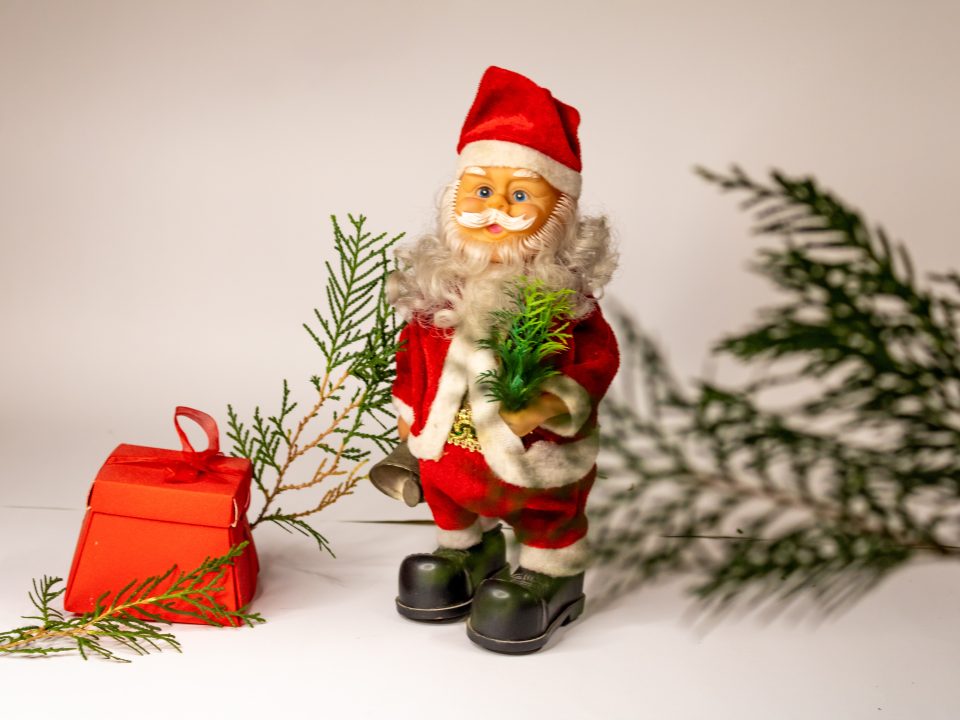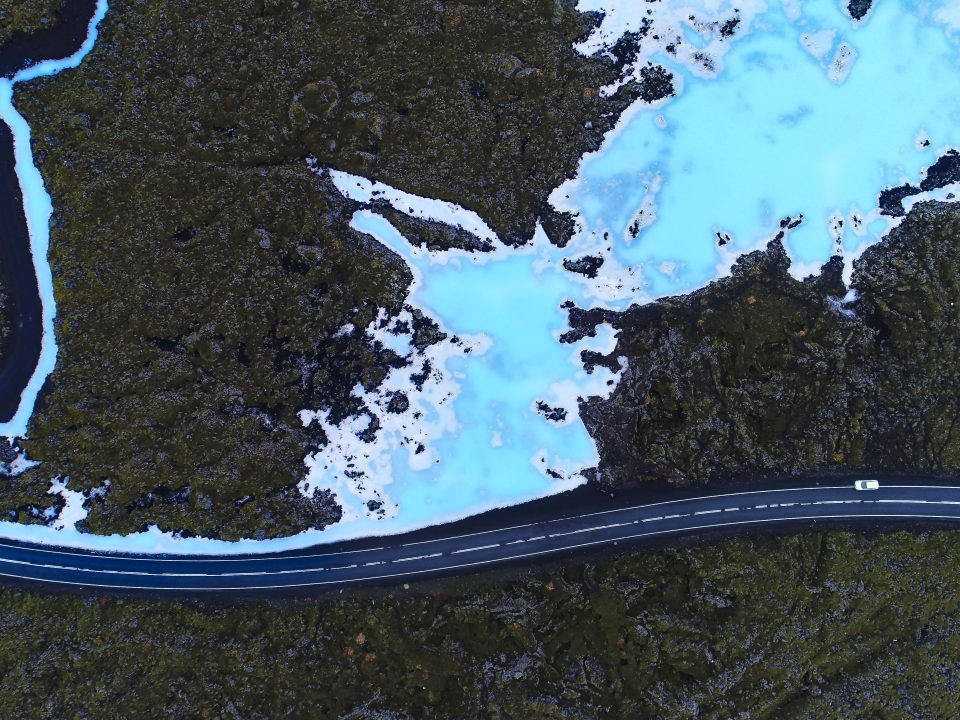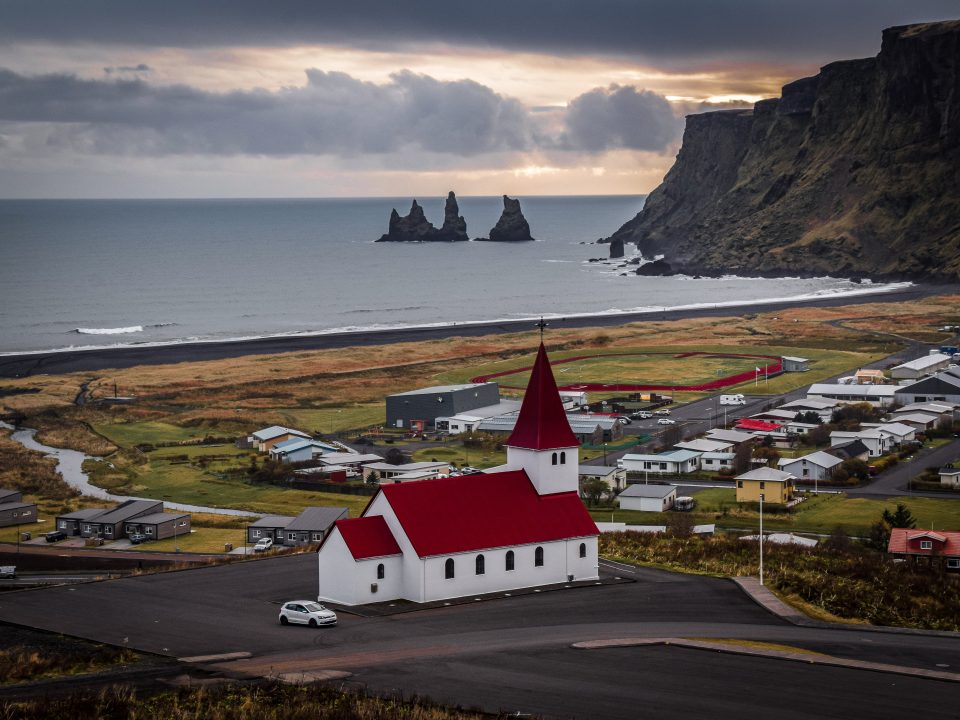A WEEKEND IN THE EAST

DISCOVER REYKJADALUR HOT SPRING THERMAL RIVER
September 3, 2021
RETTIR: THE ANNUAL SHEEP ROUND-UP
September 14, 2021Want to escape for a week-end in the East? Here is an example of an itinerary that you can follow for your next trip!
From Reykjavik to the first stop, Vestrahorn, a 6 hour trip awaits you. You can of course stop at the highlights of the South like Seljalandsfoss, Skogafoss, Vik or Jokulsarlon. But if you’ve already seen the South or if you want to focus on the East for this trip, know that this is quite a long trip. I decided to leave on Friday afternoon and come back on Sunday evening.
Vestrahorn
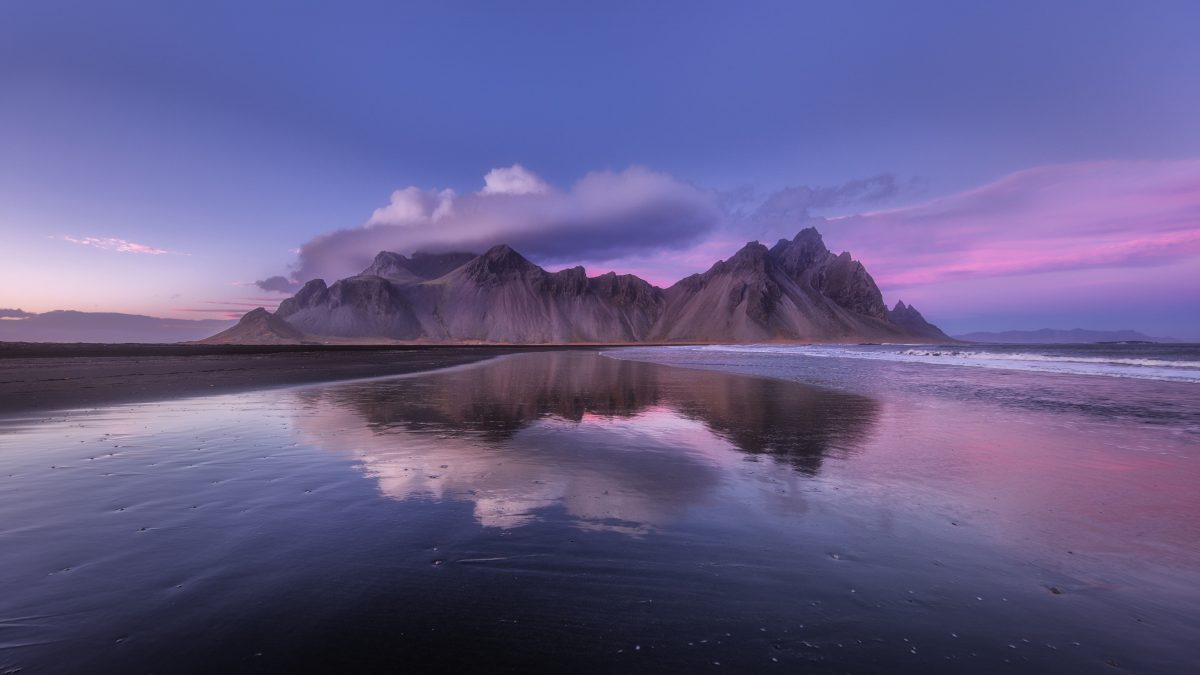
Vestrahorn, Vesturhorn, and Stokksnes are all names for the same place. The area is approximately a ten-minute drive away from Höfn. When you arrive there, you have to pay a little fee to enter because the land is private. Facing the ocean, you can also see this incredible mountain chain that is also reflecting on the water on the beach. Be amazed by the dark colors of the sand and the mountains, especially if some low clouds meet the top of the mountains.
Hengifoss & Litlanesfoss
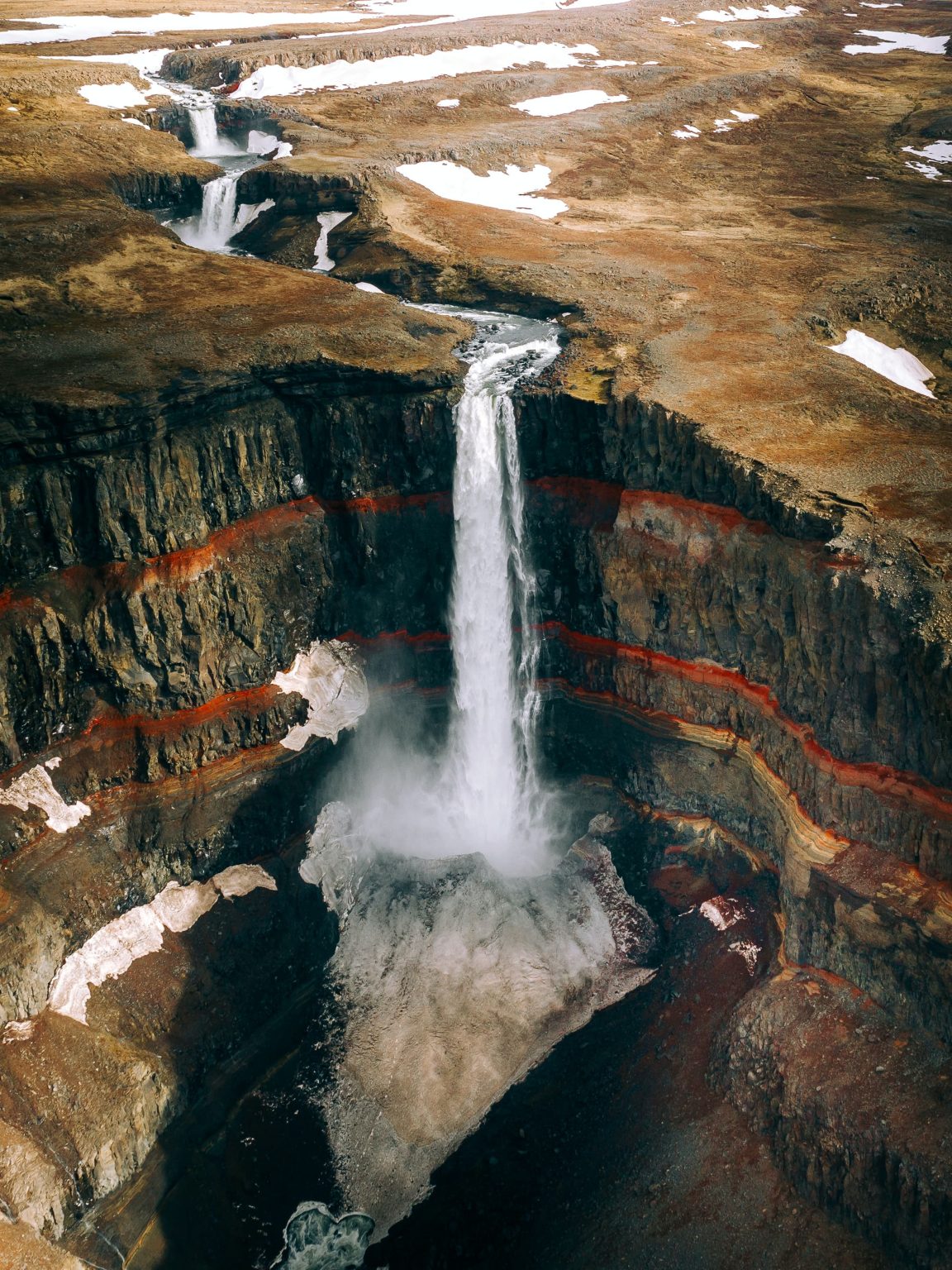
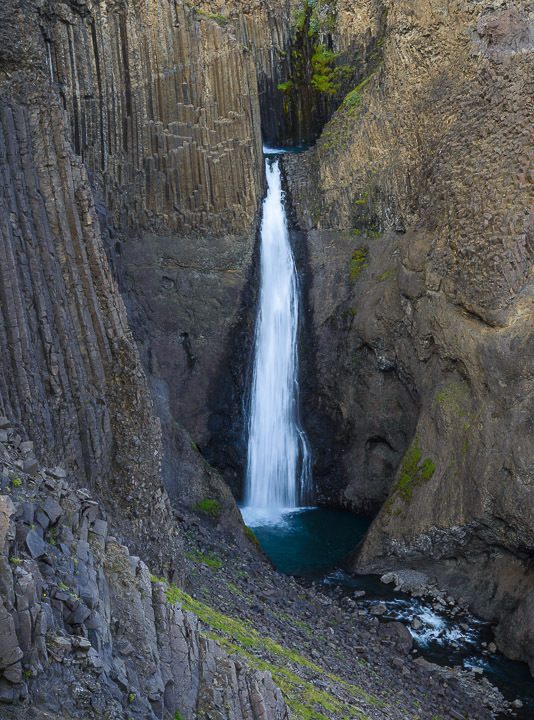
The next stop is Hengifoss. This famous waterfall is one of the highest in Iceland and it definitely is one of the most known landmarks in East Iceland. You need to hike a bit to reach the waterfall : around 45 minutes to 1 hour, one way. On your way up to Hengifoss, you’ll see the Litlanesfoss waterfall and its incredible rock formations of basalt columns.
Lagarfljót
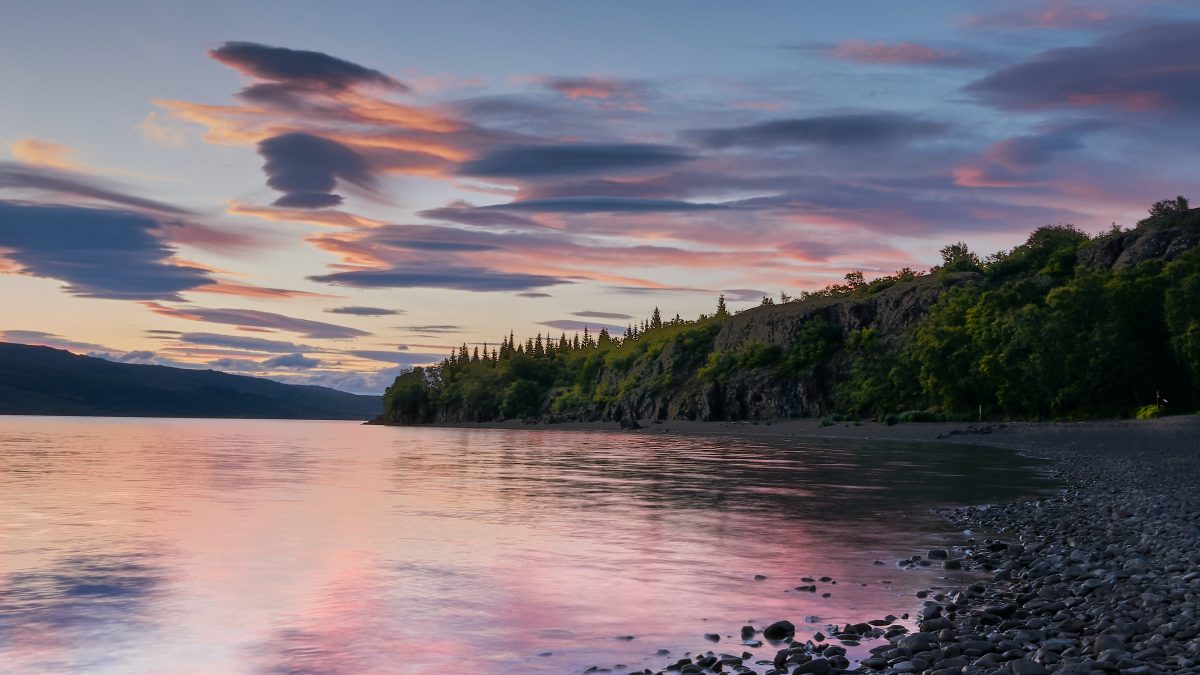
Lagarfljót is a lake surrounded by trees in East Iceland. It is such a peaceful place! You can enjoy the little forest there and take a picnic with you to enjoy nature at its fullest. You can also enjoy it near the lake and even take a bath if you’re brave enough! This lake is also known in Icelandic folklore to host the Lagarfljót Monster or Lagarfljót Worm, a serpentine creature that you could compare to the Loch Ness Monster.
Egilsstaðir
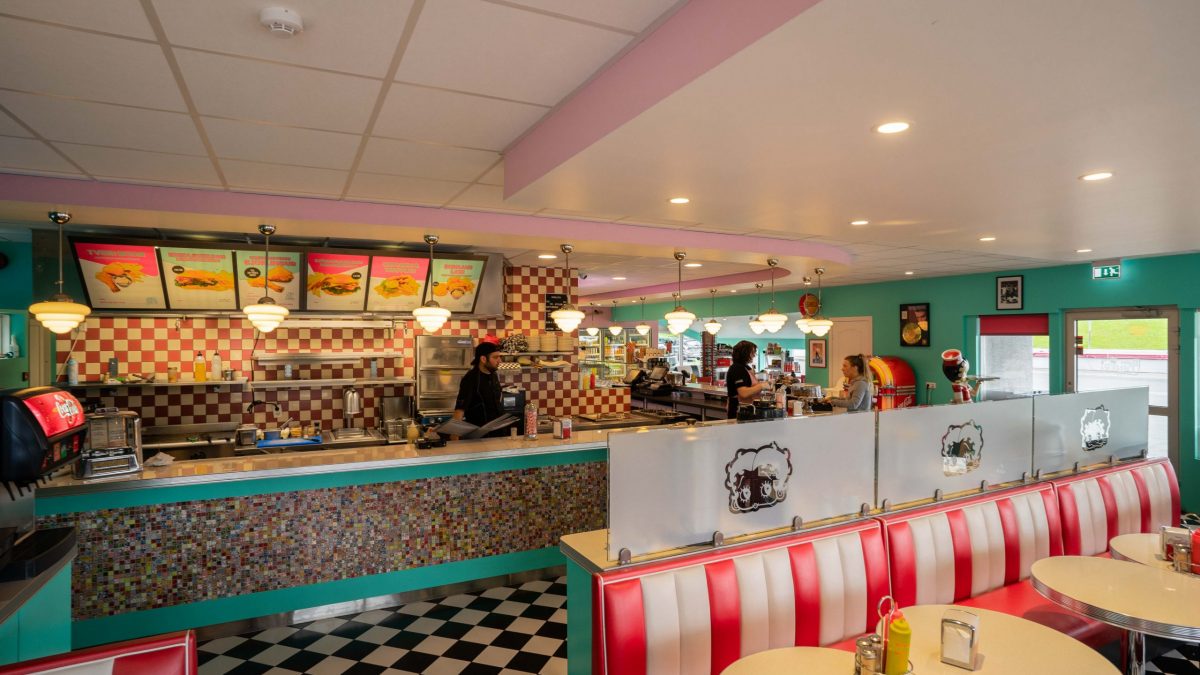
Then, you can head to Egilsstaðir, the largest town in the East, home to all the services a traveler might need. There, I recommend you stop at Skálinn Diner if you’re looking for a cute place to eat. Basically, for the next stop, you’ll have to go back and forth from Egilsstaðir in order to reach the other destinations.
Mjóifjörður
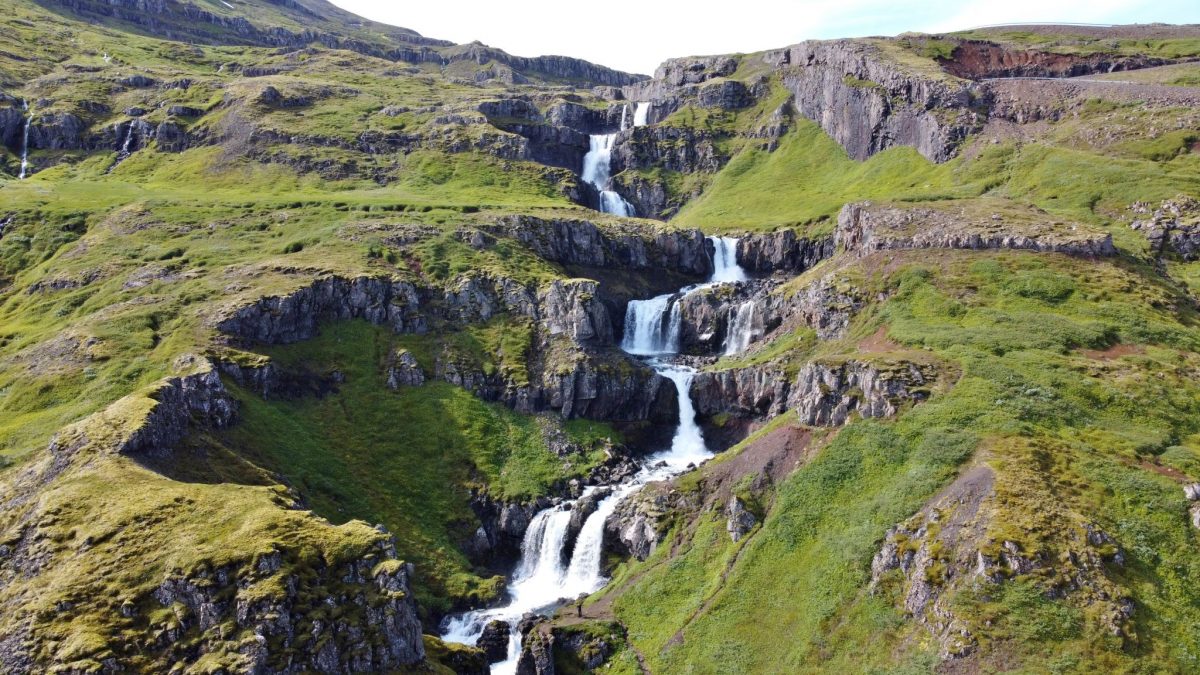
Mjoifjordur incorporates the Icelandic word for narrow, mjór, since the fjord lives up to its name throughout its 18-kilometre length. There, you’ll find the wonderful Klifbrekkufossar waterfall. This particular waterfall presents many stages and its surrounding looks like a fairy. You can climb it and see the waterfall from different angles.
Seyðisfjörður
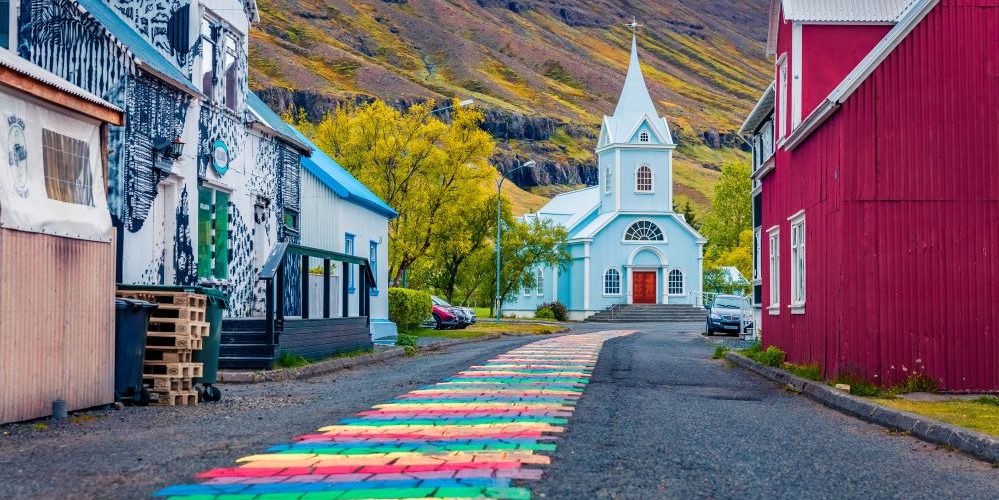
Next stop is the pretty town Seyðisfjörður. On your way there, you’ll see the Gufufoss waterfall just by the road. Once you arrive in the tiny town, you’ll be surrounded by a peaceful atmosphere, mountains, trees and waterfalls. At the heart of the town, you’ll find the famous blue church and its rainbow path. You can have a walk there around the lake and the harbour and then visit the city by walking. There are many bars and restaurants as well as accommodations.
Hiking
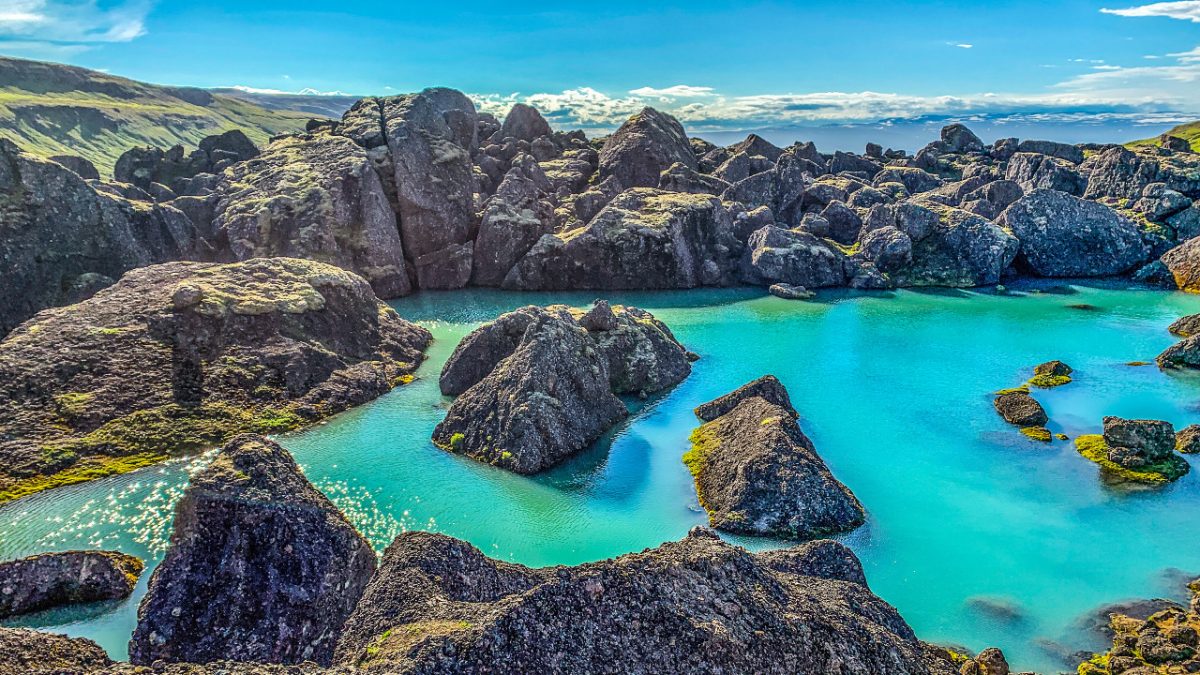
While you’re in the area, if you have time, you should definitely try a hike. There are many hikes in the East near Egilsstadir. Stórurð is one of them. This hike of 9,5km, which is around 4,5-5 hours, will take you under the spectacular Dyrfjöll peaks and will allow you to discover a unique area of Iceland. At your foot, remnants can still be seen of the cirque glacier onto which the gigantic blocks of hyaloclastite tuff and volcanic breccia now lying in Stórurð originally collapsed. For more information and to learn more about other hiking trails, check out this page.
Stuðlagil Canyon
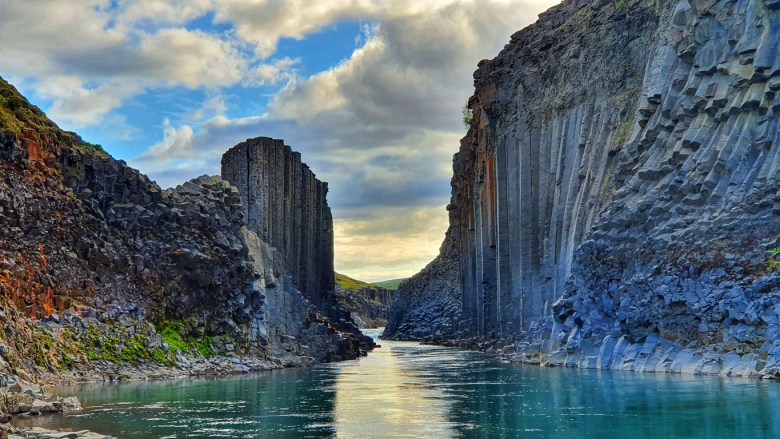
Stuðlagil canyon is now a must-see in East Iceland. Don’t hesitate to add it to your list. There are two options to reach it : one where you can drive to the farm Grund and one with a view on the canyon from the west side of the canyon and the river. There you’ll find an observation platform. However, note that this is not the best view of the canyon. Consequently, we would recommend parking at the farm and walking for around 45 minutes to reach the canyon. The water of the canyon is a beautiful clear river slowly finding its way to the river mouth. However, since this particular color is due to a reservoir called Hálslón in the Highlands that allows the “dirty” water from the glacier to get stuck, during autumn, the river changes again to its older form when the reservoir is full. At that point, the overflow of glacial water from the mighty glacier Vatnajökull starts to float through Jökuldalur again. Usually, this happens in late August or in September.
If you want more information and pictures, check out our Instagram guide.

